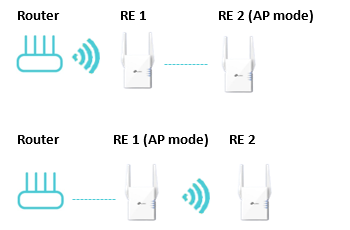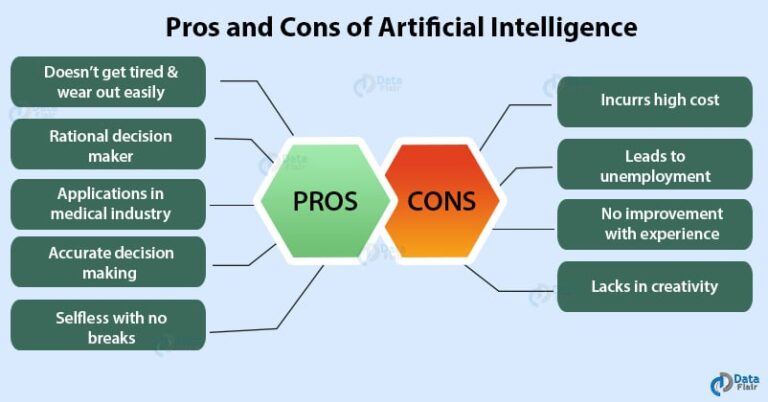What Is Cyber Security Weakness?
Cyber security weaknesses are vulnerabilities that exist in computer networks, systems, and applications that can be exploited by cyber attackers. These weaknesses can include software bugs, hardware flaws, and poor system configuration. Cyber security weaknesses can lead to the loss of confidential data, disruption of services, or other malicious activities. As technology advances, cyber security weaknesses become increasingly complex and difficult to protect against. It is essential that organizations identify, assess, and mitigate any potential cyber security weaknesses to ensure the security of their systems and data.
Definition of Cyber Security Weakness
Cyber security weakness is a term that refers to any deficiency or deficiency in a computer system, network, or security protocol that can be exploited by an attacker or hacker. Cyber security weaknesses can range from flaws in security policy to a lack of security measures such as authentication and encryption. A cyber security weakness can also be the result of a technical issue, such as an improperly configured system or vulnerable software. Weaknesses can lead to data breaches, malicious activities, and other security incidents. It is therefore important for organizations to identify and address any cyber security weaknesses they may have. This can be done by implementing effective security protocols, regularly patching systems, and providing employee training on cyber security best practices.
Types of Cyber Security Weakness
Cyber security weakness is the vulnerability of a system or network to a cyber attack. Weaknesses in a system or network can be exploited to gain access to sensitive information or disrupt systems and networks. Cyber security experts have identified seven common types of weaknesses that can leave a system or network vulnerable to attack. These include software vulnerabilities, configuration errors, insecure interfaces, weak passwords, and misconfigured authentication. Additionally, unpatched software and hardware, and inadequate monitoring and auditing can also leave a system vulnerable.
Software vulnerabilities are caused by flaws in the code of software programs. These can be exploited by attackers to gain access to systems and networks. Configuration errors, which involve misconfiguring a system or network, can leave it vulnerable to attack. Insecure interfaces, such as those found in web applications, are often targeted by attackers. Weak passwords are one of the most common ways that attackers gain access to systems and networks, so it is important to ensure that all passwords are strong and regularly updated.
Misconfigured authentication settings can also leave a system vulnerable to attack, as can unpatched software and hardware. Finally, inadequate monitoring and auditing can make it difficult to detect and prevent cyber attacks. It is important to ensure that all systems and networks are monitored and audited regularly to ensure that any potential weaknesses are identified and addressed. By understanding the types of cyber security weaknesses, organizations can take steps to protect their systems and networks and reduce their risk of a cyber attack.
Causes of Cyber Security Weakness
Cyber security weakness can arise from a variety of sources. It is important to have a thorough understanding of the potential causes of such weaknesses. Most commonly, cyber security weaknesses arise from software and hardware vulnerabilities, human errors, and malicious attacks. Software and hardware vulnerabilities often stem from outdated or insecure applications and hardware that can be exploited to gain unauthorized access to a system. Human errors, such as failing to update software, can also create vulnerabilities. Finally, malicious attacks, such as phishing, ransomware, and malware, can be used to gain access to sensitive data or systems. Identifying and mitigating these potential sources of cyber security weakness is crucial for ensuring the safety and security of any organization.
Impact of Cyber Security Weakness
Cyber security weakness has become a major concern for businesses and individuals alike. Cyber threats are constantly evolving, and the risks associated with them can be significant. Cyber criminals are increasingly targeting organizations of all sizes, and the damage they can cause can be devastating. When a company or individual fails to effectively protect their data and systems, they become vulnerable to cyber attacks. These attacks can result in the loss of sensitive data, financial losses, or even the disruption of critical business operations. Understanding the impact of cyber security weakness can help organizations and individuals take the necessary steps to safeguard their data and systems.
Businesses are particularly vulnerable to cyber security weakness, as they often rely on large amounts of sensitive data. In addition, many businesses are connected to other companies and organizations, making them even more susceptible to cyber threats. Cyber criminals may attempt to gain access to the networks of these organizations to steal data or damage systems. A successful attack can cause significant financial losses and disruption to the organization’s operations. Additionally, the reputational damage that can be caused by a cyber attack can be difficult to recover from.
Individuals are also at risk of cyber security weakness. Personal data such as banking details, passwords, and other sensitive information can be easily stolen if proper security measures are not in place. Cyber criminals can use this data to access bank accounts or to commit other forms of fraud. In addition, personal data can be used to carry out identity theft, which can have serious financial and emotional consequences.
It is essential that businesses and individuals take the necessary steps to protect themselves from cyber threats. This includes implementing strong cyber security measures, such as firewalls, antivirus software, and other security protocols. It is also important to regularly update software and systems to ensure that they are not vulnerable to cyber attacks. By understanding the impact of cyber security weakness and taking the necessary steps to protect against it, businesses and individuals can reduce the risk of becoming a victim of a cyber attack.
Cyber Security Weakness Prevention Strategies
Cyber security weakness is a common issue that organizations and individuals face today. The threat of cyber-attacks, data breaches, and other malicious activities is ever-present and growing, and it is important to take steps to protect against them. To do this, organizations must develop strategies to identify and mitigate cyber security weaknesses.
The first step in developing a cyber security weakness prevention strategy is to identify the potential sources of weakness. This includes checking for outdated software, vulnerable systems, weak passwords, and other malicious activities. It is also important to monitor user activity and ensure that users are following security protocols.
Once potential weaknesses have been identified, it is important to develop strategies for mitigating them. This can include updating software, implementing stronger authentication measures, and training staff on how to recognize and respond to cyber threats. It is also important to have a plan in place to respond to any threats that are detected.
Organizations should also consider using third-party services to help identify and mitigate cyber security weaknesses. These services can help organizations stay informed about emerging threats, as well as provide expert advice on how to address them.
By taking the above steps, organizations can significantly reduce their risk of becoming victims of cyber-attacks and data breaches. By taking proactive steps to identify and mitigate cyber security weaknesses, organizations can protect their data and ensure their systems are secure.
Summary of Cyber Security Weakness
Cyber security weakness is an essential concept to understand in the digital age. It refers to gaps in security measures that can be exploited by malicious actors to gain access to information or cause disruption. These weaknesses can occur at every level, from individual users to large-scale organizations, and can take many forms. They may range from simple technical vulnerabilities, such as weak passwords, to more complex issues, such as social engineering attacks. It is important to understand these weaknesses in order to secure digital assets and prevent unauthorized access.
The most common cyber security weakness is the use of weak passwords. Weak passwords are easy to guess and are often the target of brute force attacks, which can easily break through them and gain access to sensitive information. Other common weaknesses include the use of outdated software, lack of encryption, and lack of two-factor authentication. In addition, some organizations may lack adequate security policies or fail to keep their systems up to date, leaving them vulnerable to threats.
Organizations must take steps to identify and address their cyber security weaknesses in order to protect their assets and ensure the security of their systems. This includes implementing strong password policies, regularly patching software, and using encryption and two-factor authentication. Additionally, organizations should regularly conduct security awareness training for their employees to help them identify potential threats and respond appropriately. By understanding and addressing cyber security weaknesses, organizations can protect their digital assets and prevent unauthorized access.
FAQs About the What Is Cyber Security Weakness?
1. What are the most common cyber security weaknesses?
Answer: The most common cyber security weaknesses include weak passwords, insecure network configurations, lack of patch management, unencrypted data, and poor authentication practices.
2. Are there any particular industries which are more prone to cyber security weaknesses?
Answer: Yes, certain industries such as healthcare, finance and government have more stringent cyber security requirements due to their need to protect sensitive data, making them more prone to cyber security weaknesses.
3. How can businesses protect themselves from cyber security weaknesses?
Answer: Businesses can protect themselves from cyber security weaknesses by implementing strong security protocols, using multi-factor authentication, encrypting data, and regularly patching and updating their systems.
Conclusion
Cyber security weaknesses are weaknesses in the security of computer networks and systems that can be exploited by attackers in order to gain access to the network, compromise its data, or disrupt its operations. These weaknesses can be caused by a variety of factors, such as poor password management, outdated software, and lack of security protocols. Organizations need to be aware of these weaknesses and maintain strong security measures to protect their networks and data.




